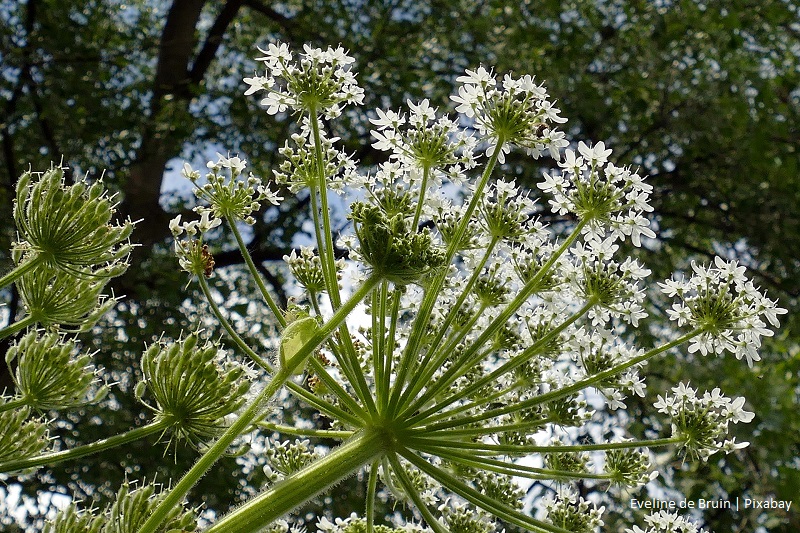The University of Silesia in Katowice became the leader of a consortium which received funding for the implementation of an international project called “Integrated approach to ecosystems protection against invasive alien plants in southern Poland – IAS/EcoSystemCARE”. The primary objective of the project is to strengthen the resistance of selected ecosystems to the adverse effects of climate change through their comprehensive protection against invasive plant species. This includes the early detection and identification of the invasive species’ pathways of spread, as well as increasing public awareness of the issue.
Today, invasive alien species (IAS), including invasive alien plants (IAP), are one of the major threats to the biodiversity of many areas in Poland and abroad, leading to the loss of native species, or even whole ecosystems. Some of them may pose a threat to the health and life of humans and animals. Moreover, their spread causes damage to the economy. The most dangerous are the species with a wide range of tolerance, which – combined with climate changes – is conducive to the infestation and transformation of new areas through the displacement of native plants. Species of the hogweed (Heracleum spp.), goldenrod (Solidago spp.), knotweed (Reynoutria spp.) and impatiens (Impatiens glandulifera) genera are classified as particularly dangerous IAPs. It is these species that are planned to be monitored and eradicated in this project.
Since the southern regions of Poland are among the areas particularly affected by the invasion of alien species, the project will involve the diverse natural environment of three southern provinces of Poland (Silesian, Lesser Poland, and Subcarpathian) – including both protected areas (two national parks, four Natura 2000 sites, two nature reserves), as well as areas not under protection.
As part of the project, there are plans for activities consisting of eradication and/or control of IAPs in the selected ecosystems, using both traditional as well as innovative methods, which in the future will help us create new standards implementable in similar areas. All undertakings will be carried out according to the management plans set out for the particular places, including removal treatments of invasive species in protected areas, which will be carried out without the usage of synthetic chemicals.
Another goal of the project is to raise awareness of the local communities regarding invasive species as well as their negative impact on the native environment, economy, and health. This will be achieved through organising training sessions for the adults, as well as competitions for schoolchildren and teenagers. Information activities will also include promoting knowledge about IAPs through posters, leaflets, information boards, and multimedia tools for teachers.
The project is financed by the Operational Programme “Environment, Energy and Climate Change”, funded by EEA Financial Mechanism 2014–2021 for the activities aimed at improving the protection of ecosystems from invasive alien species. The value of the initiative amounts to PLN 4,529,239.13. The partners of the project are the Norwegian Institute of Bioeconomy Research (NIBIO), the Institute of Nature Conservation of the Polish Academy of Sciences in Cracow, the National Institute of Technology and Life Sciences, the National Research Institute of Animal Production, the Magura National Park, and the University of Agriculture in Cracow. The project is coordinated by Katarzyna Bzdęga, PhD, from the Faculty of Natural Sciences.
Project website: iascareproject.us.edu.pl.

Sosnowsky’s hogweed | Photo from pixabay.com





